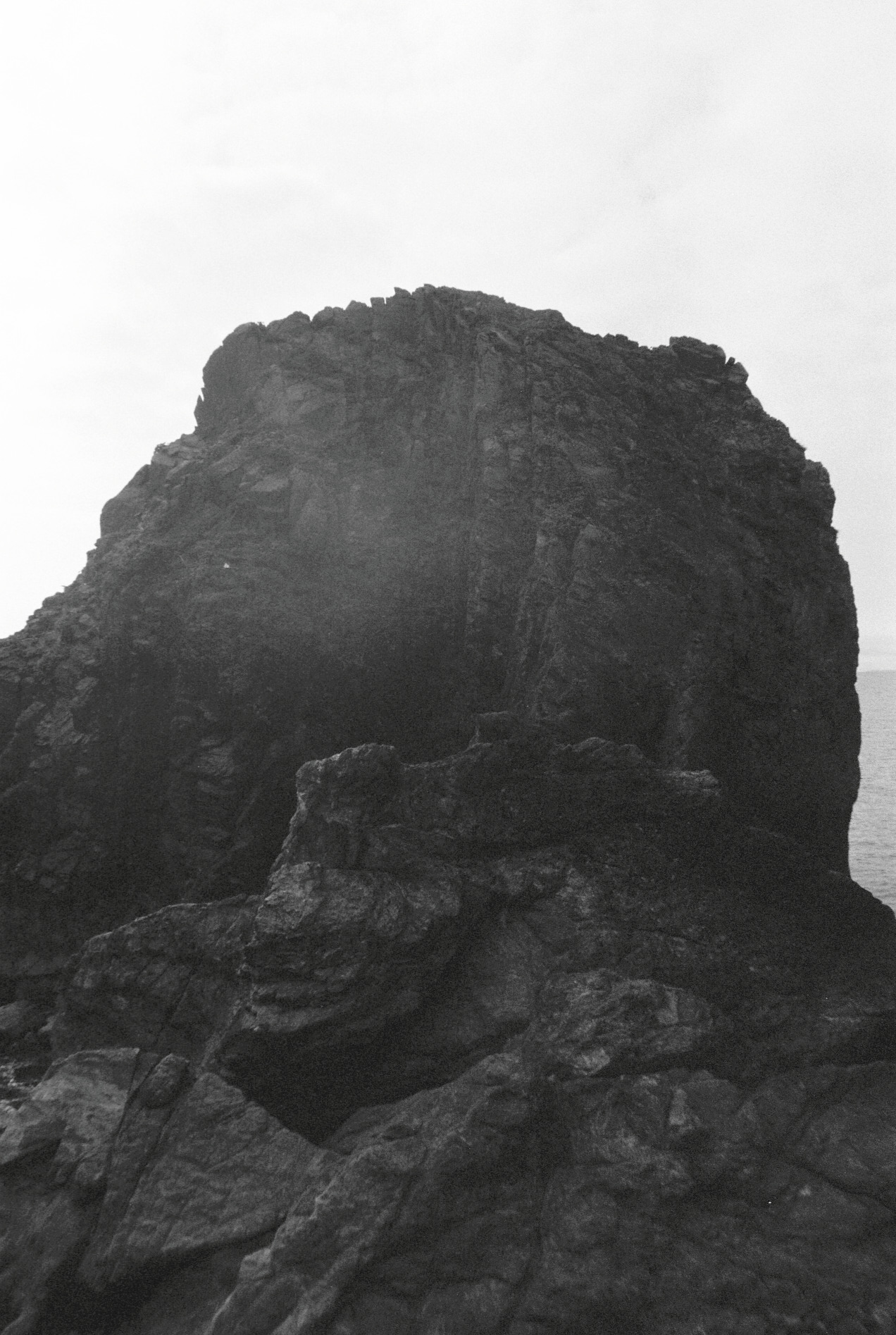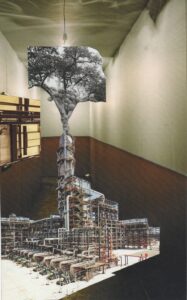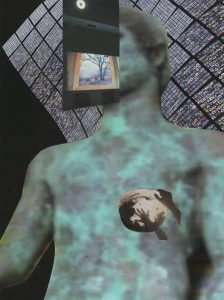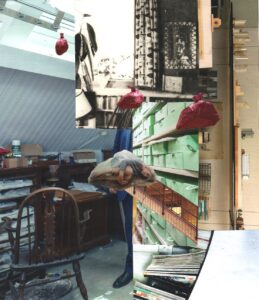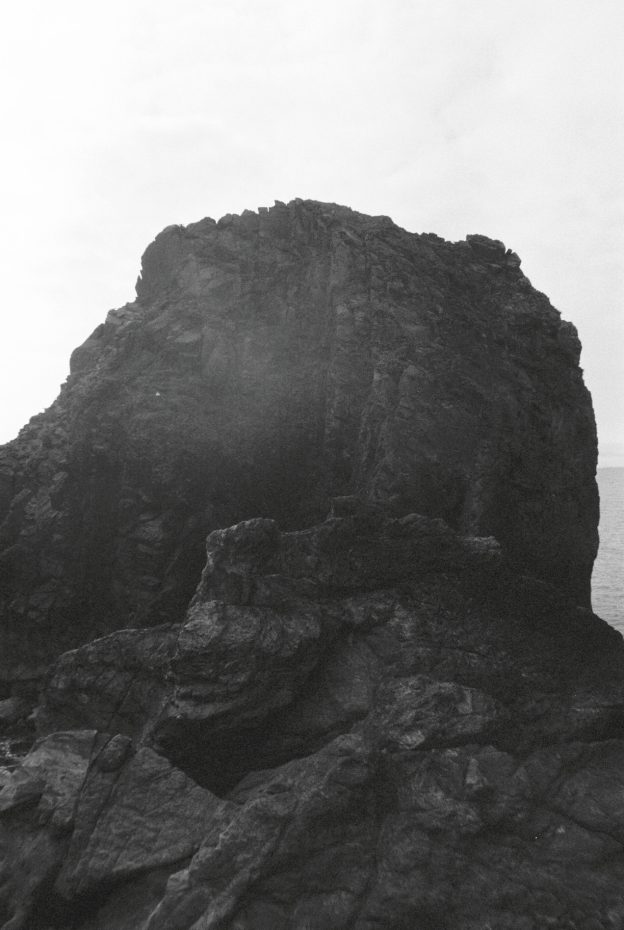
with TO THE END
photographs by KATE HOLFORD
There are many kinds of knowledge. There are many ways to interpret a spreadsheet, a blueprint, a political argument, a legal document, a security breach, a species extinction, a life. At the launch of these roaring 20s, all knowledge, all interpretation, is increasingly processed through the digital. Stillpoint Magazine itself operates exclusively in this liminal non-space between you and me. It is a non-space that we can share, instantaneously, no matter where in the world we are, while invisible currents connect these windows of information and light in our laps, in our palms, on our wrists. But such simultaneity and power comes at price, the price, perhaps, of radical reduction—reduction of treatise to meme, child’s birth to social media post, presidential declaration to tweet.
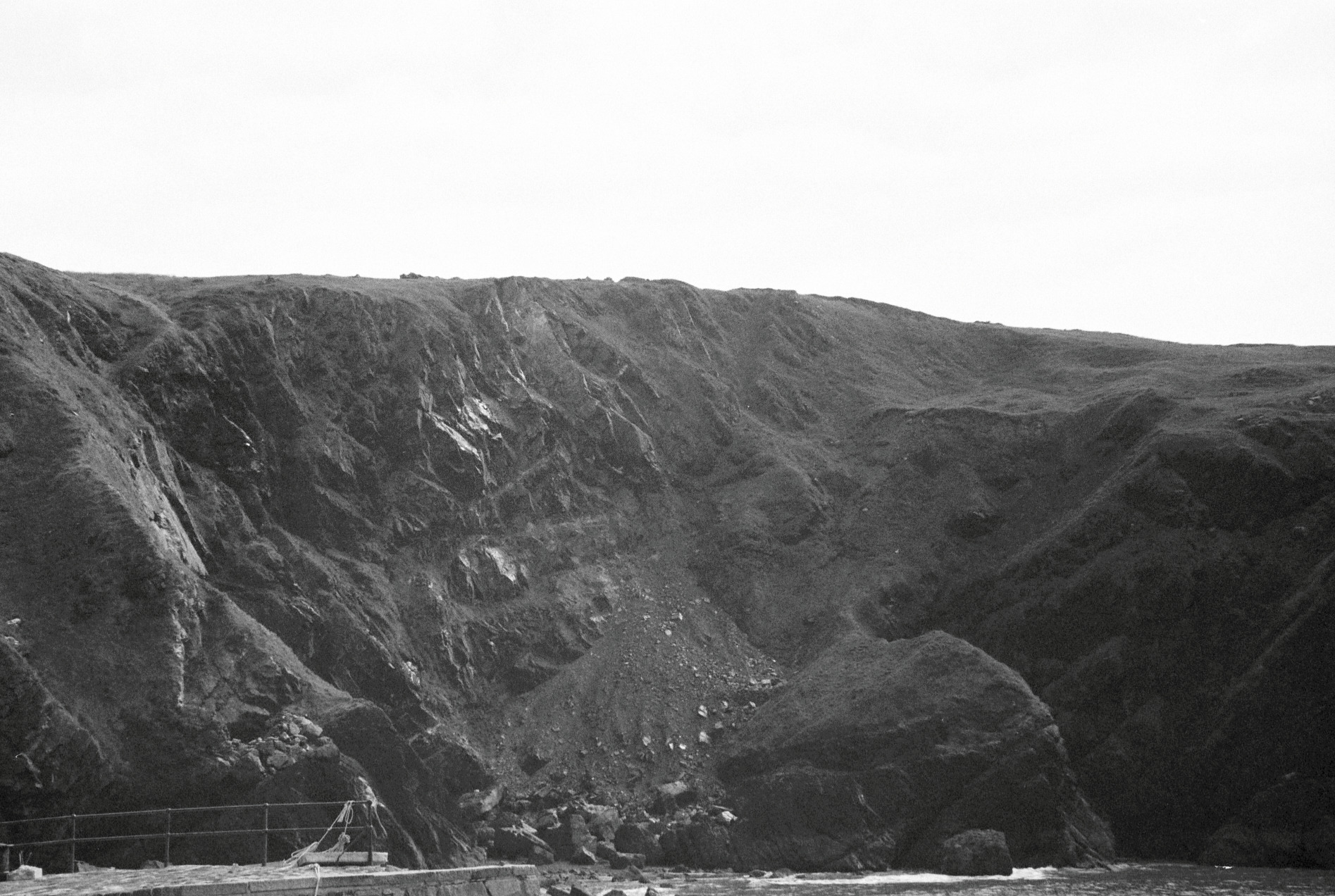
Perhaps the price may also be a radical reduction of time—a folding, an interweaving, a burst into a new condition of simultaneity. The result? That the past proves to be inescapable, forever present with greater force and reality than we typically admit. This is, of course, one of the key insights of psychoanalysis, developed and adapted across the psychologies. But when extended beyond the clinical context and considered in relation to society as a whole, the implications of the past’s continued presence prove substantial. If societies’ pasts are not lost to what has come before, but are still present with us—shaping every interaction we have, guiding where we live, what we do for work, and even who we love and what we believe—then the space for ‘free will’ must be redefined, defended.
But perhaps even more unsettling still is the thought experiment on which this Exclusive Issue 1 NON-FUTURE is based: the proposition that, through this radical reduction of time, this very moment is already the future. That is, perhaps, what the exponential eruption of digital development heralds is an ongoing progression that outstrips mere mortals’ ability to keep pace. Perhaps the digital force forever changing how we work, communicate, remember, make love and war, has arrived from the future to be present with us today. The question we are then forced to consider is: When human-based time and ingenuity no longer dominate, just what lies ahead?
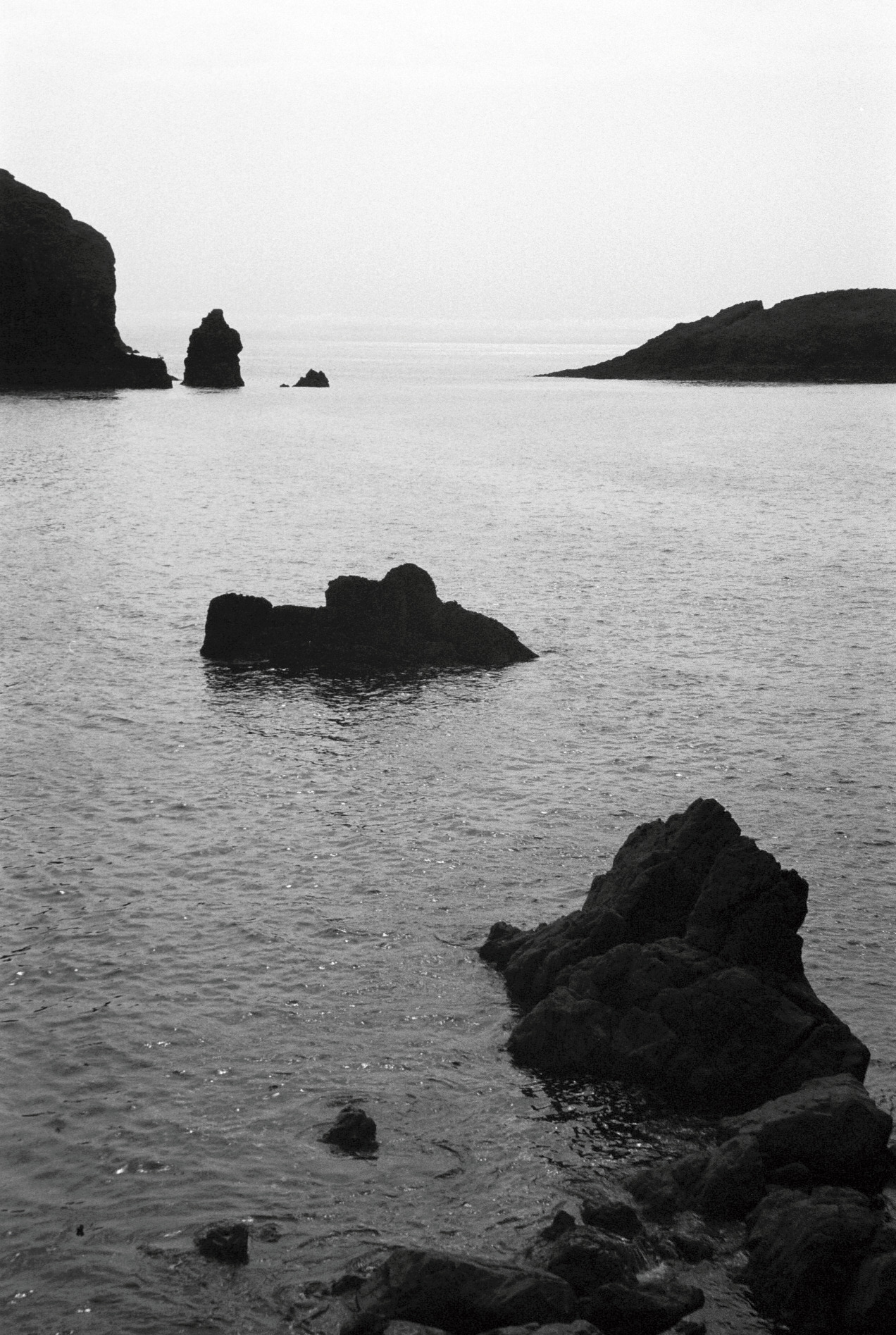
If the future—in the form of augmented reality, algorithmically-based political movements, inescapable tracking and surveillance—is present with us already, then perhaps, laid out before us, lies nothing. That is, the vessel of the earth may not possess capacity enough to continue to contain the madness and magic we’ve wrought. The deed may be done, our creations overgrown, uncontrollable, the landscapes and worlds we’ve dreamed of for ourselves and our descendants receding from reach. Or perhaps, what lies ahead is simply something so radically transformed that it is difficult to imagine its scope and shape from where we sit today. The scope and shape of this folding and unfolding reality, then, lies before us to decipher, with all our knowledge, all the force of our interpretive strength, all our ability to connect, understand, and destroy or create.
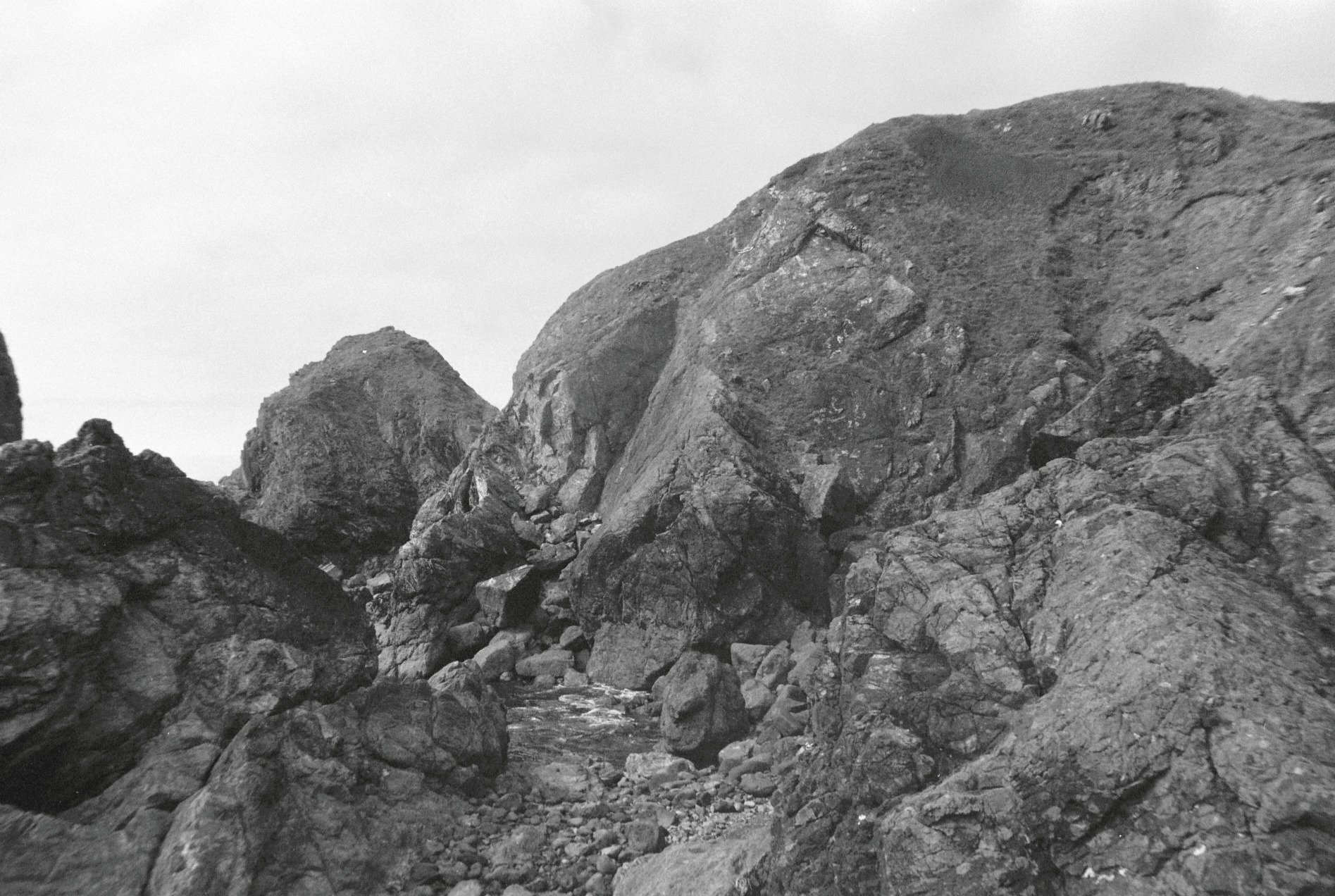
TO THE END (2012)
“For this will to deceive that is in things luminous may manifest itself likewise in retrospect and so by sleight of some fixed part of a journey already accomplished may also post men to fraudulent destinies. . . And so these parties divided upon that midnight plain, each passing back the way the other had come, pursuing as all travelers must inversions without end upon other men’s journeys.“
~ Blood Meridian (1985) Cormac McCarthy
ANNE MARIE WIRTH CAUCHON writer
Anne Marie Wirth Cauchon is Editor-in-Chief of Stillpoint Magazine, and Creative Director the PrairieCare Institute’s Center for Applied Psychoanalysis, the mother of two, a literary critic, and the author of the novel Nothing.
KATE HOLFORD artist
Kate Holford is Art Director of Stillpoint Magazine, an artist, poet, and a curator based in Glasgow. She was formally the Deputy Director of Stillpoint Spaces London.
TO THE END (2012): 35mm black & white photographic prints.
© Copyright for all texts published in Stillpoint Magazine are held by the authors thereof, and for all visual artworks by the visual artists thereof, effective from the year of publication. Stillpoint Magazine holds copyright to all additional images, branding, design and supplementary texts across stillpointmag.org as well as in additional social media profiles, digital platforms and print materials. All rights reserved.
